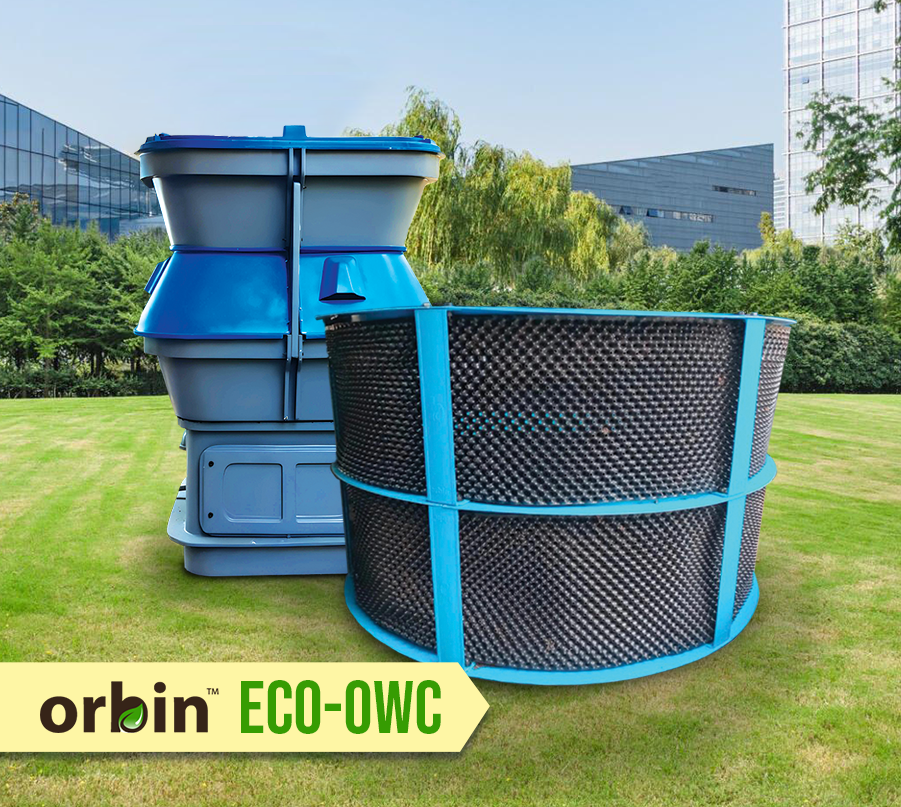Orbin™ ECO-OWC offers cost effective, smell free, no power , labour friendly and nutrient rich compost
A Comparison of Orbin™ ECO-OWC and Mechanical OWC is as follows,
- Functionality:
- Orbin™ ECO-OWC: Composting using microbial action. Organic waste convertor without electricity required.
- Mechanical OWC: Relies on automated systems – requires electricity.
- Capacity:
- Orbin™ ECO-OWC: Solutions available to treat as little as 2kg per day to 20 tons per day of waste.
- Mechanical OWC: Capacity ranges from 400 to 800 kg per day.
- Fabricated or Manufactured:
- Orbin™ ECO-OWC: Manufactured product using FRP and polyethylene parts. Long life assured. Corrosion proof and rodent proof. Does not require maintenance and no down time because it uses natures principle of decomposition.
- Mechanical OWC: Manufactured product utilising motors and blades for waste processing. Requires regular maintenance.
- Odour:
- Orbin™ ECO-OWC: Guaranteed no odour due to the Carbon and Nitrogen balance provided by the Orbin composting enzyme due to which no flies are attracted towards the OWC unit.
- Mechanical OWC: Emits bad odour due to the imbalance in carbon and nitrogen ratio and flies hovering around the OWC unit.
- Liquid/Leachate tray:
- Orbin™ ECO-OWC: Inbuilt and concealed liquid/leachate tray prevents odour. Features a pipe for leachate removal that will be connected to STP.
- Mechanical OWC: Not applicable, uses electricity to dry out leachate.
- Labor requirement:
- Orbin™ ECO-OWC: Maximum time required is 30 minutes for 1 labor, involving mixing waste with enzymes and dumping the mix into Orbin Stax. Designed for simplicity, requiring minimal skill; can be operated by any individual.
- Mechanical OWC: Time required is 4-6 hours for 1 skilled labor, involving various activities like inspecting waste for metal parts, adding waste in batches, adding enzymes, and transferring cured waste to storage. Skilled labor needed due to the complexity of tasks involved, making it less accessible for untrained individuals.
